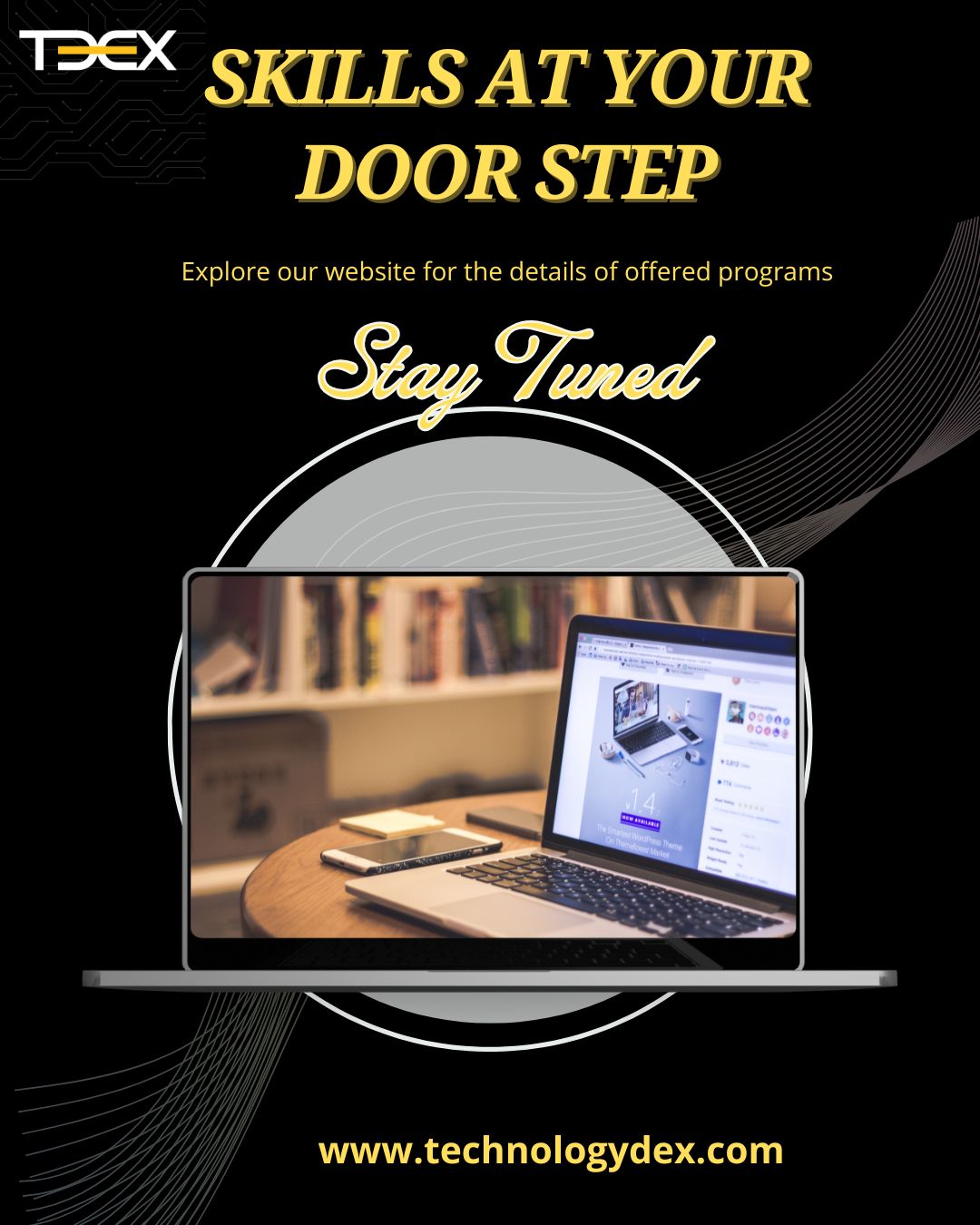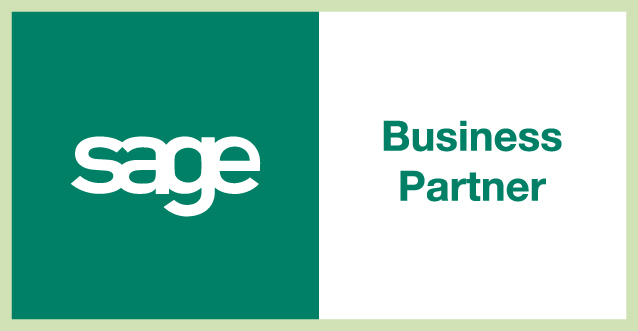In our Graphic Design, Branding, and Logo Design course, we teach students all the essential skills and techniques required to create visually compelling designs and brand identities. The course covers both theoretical and practical aspects of graphic design, focusing on design principles, software tools, and real-world applications. Here's a breakdown of the core topics covered:
1. Graphic Design Fundamentals
- Design Principles: Understanding the core principles such as balance, contrast, alignment, proximity, repetition, and space.
- Typography: Exploring font selection, text styles, and how to effectively use typography to communicate a message.
- Color Theory: Learning how to combine colors effectively and understand color psychology to evoke the right emotions.
- Layout & Composition: Techniques for creating visually appealing layouts using grids, white space, and alignment.
- Vector vs. Raster Graphics: Understanding the difference and use cases for vector graphics (Illustrator) and raster graphics (Photoshop).
2. Design Software Skills
- Adobe Photoshop: Using Photoshop for photo editing, manipulation, and creating digital art.
- Adobe Illustrator: Mastering Illustrator for creating logos, vector illustrations, and scalable designs.
- Adobe InDesign: Learning InDesign for layout design, especially for print materials like brochures, magazines, and posters.
- Sketch/Figma: Using modern tools like Sketch and Figma for UI/UX design and prototyping.
3. Branding Design
- Brand Identity: Understanding the importance of brand identity and creating visual elements that represent a brand's values and personality.
- Brand Guidelines: Developing brand guidelines for consistency across various design mediums, including color schemes, fonts, and logo usage.
- Brand Strategy: Learning the key components of brand strategy and how to apply it to develop visual assets that align with the brand's mission.
- Logo Design: The process of creating unique, memorable logos that represent a brand effectively, including design concepts, sketches, and digital execution.
- Design Thinking for Branding: Learning how to use design thinking methodologies to solve branding challenges and create innovative designs.
4. Logo Design
- Logo Types: Understanding the different types of logos such as wordmarks, lettermarks, brandmarks, and combination logos.
- Logo Design Process: A step-by-step approach to logo creation, from research and brainstorming to sketches and final design.
- Conceptualization & Ideation: Techniques for generating creative ideas and concepts that reflect the brand’s values and goals.
- Logo Refinement: Learning how to iterate on logo designs, refine concepts, and ensure scalability and versatility across different mediums.
- Logo Trends: Exploring current design trends in logo design and how to create timeless logos.
5. Practical Applications
- Design Mockups: Creating realistic mockups of logos and branding materials using Photoshop and Illustrator to showcase designs in real-life contexts.
- Branding for Web & Print: Understanding how to adapt designs for both digital and print platforms, including responsive design for websites and designing for print materials like business cards, stationery, and packaging.
- Client Briefs: Learning how to interpret and work with client briefs, and deliver projects that align with their vision and requirements.
- Portfolio Development: Building a strong portfolio that showcases a range of design work, from logos to complete branding projects.
6. Trends & Advanced Techniques
- Design Trends: Keeping up-to-date with the latest trends in graphic design and how to incorporate them into your projects while maintaining originality.
- Motion Graphics: Introduction to creating simple animations and motion graphics for logos and branding using Adobe After Effects.
- Responsive Design for Branding: Adapting branding and logos for different screen sizes and devices.
- Packaging Design: Introduction to packaging design principles, such as layout, dielines, and material selection, and how they relate to branding.






















